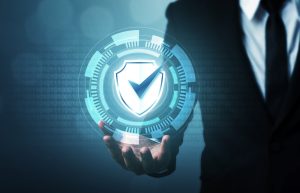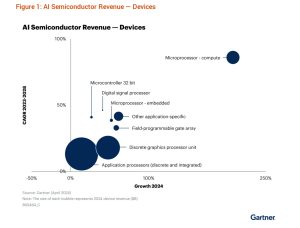The company says its speech technology can help students and educators avoid video conferencing fatigue.

Image: Getty Images/iStockphoto
The COVID-19 pandemic has challenged universities to fundamentally reexamine how their students learn, with remote learning creating a new frontier for their educators. Since in-person learning isn’t viable for every student, collaboration has become more important than ever. But the video meetings that have now taken over how people work and socialize are causing the phenomenon known as “Zoom fatigue,” although it applies to every video conferencing platform.
That may foster a new trend on college campuses this fall: Turning spoken lectures into highly accurate lecture notes. Otter.ai’s Otter for Education AI speech technology aims to give both lecturers and students the ability to avoid Zoom call information overload, and more accurate notes to students if they miss a class, the company said.
SEE: Microsoft Teams and Skype users can now chat together
Otter for Education is being used by over 100,000 students for remote learning and academic accessibility purposes, and can be used in a virtual, onsite or hybrid setting, according to the company. The offering is available over Zoom and other online video lecturing platforms.
The goal of Otter’s technology is to boost remote classroom collaboration between teachers and students. The technology includes functionality for:
-
Live comments: During lessons, students are able to view a live interactive transcript and can raise questions by adding comments during a lesson to seek clarification or more information from their teacher. This is an especially important feature when a lecture is conducted over video conferencing technology and educators’ interactions with a full class of remote students could be minimized.
-
Keyword search: Accurate, transcribed lecture notes can be searched by keywords. In addition, Otter auto-generates a collection of keywords at the top of each lecture transcript. Students can find what they think is the most valuable educational information and can follow up post-lecture with further questions and clarifications from their teacher.
-
Embedded educational material: Additional educational material such as slides, and images can also be embedded into transcripts to aid students’ learning experience.
Otter generates smart notes that sync audio, text, and images. Users can search, play, edit, organize, and share meeting notes from any device via the Otter Voice Meeting Notes app.
California State University (CSU), Chico is deploying Otter for Education to its entire teaching faculty for the fall semester. Faculty members using Otter for Education will capture and share lecture notes in real time with their students, the school said.
“Learning at CSU is evolving quickly due to the current environment. With this full rollout of Otter’s technology, our faculty can now capture and share lecture notes in real time with their students,” said Jeremy Olguin, accessible technology manager at CSU, in a statement.
CSU aims to empower its faculty to help all students receive a better learning experience and the flexibility for them to access the changing learning environment in a way that’s most efficient and effective for them, Olguin said. “This is the challenge facing the vast majority of learning institutions right now, especially with lectures likely to be taking place in a hybrid mix of on-site and virtual classrooms for the foreseeable future.”
Warwick Business School in the UK is using Otter for Education for its online MBA program, as well as its joint global master’s program in central banking, run in collaboration with the Bank of England. Teachers are relying on video content to deliver online lessons and Otter provides accurate transcripts to accompany each video, said Dot Powell, director of teaching and learning enhancement at Warwick, in a statement.
“This is proving to be crucial to the learning experience for our online students as it is helping us to create more useful educational resources for them and receives universally good feedback from students.”
Peer note taking in education has long been plagued with challenges, as students were dependent on others for the quality, consistency, interpretation, and timeliness of their notes. Otter is being used by several academic institutions for students who require academic accommodations, including UCLA as well as other universities, community colleges, and Ivy League colleges in the US and abroad, the company said.
“UCLA recognized we needed to offer our students with learning disabilities more control over their academic accommodations. We looked beyond peer note takers for a highly accurate, reliable, and easy-to-use app,” said Dr. Nickey Woods, an assistant dean and former director of the Center for Accessibility at UCLA, in a statement.
“Otter Voice Meeting Notes empowers our students with automated live transcription, removes their dependency on others, and enables them to access the learning environment in a way that’s most efficient for them.”
This enables students to actively engage in lectures and study groups instead of focusing on note taking, he said.
Otter for Education is also being used by students requiring academic assistance, especially the hard of hearing and deaf communities at Southern Utah University, according to Carmen R. Alldredge, director of disability services.
“The COVID-19 pandemic and new mask requirements pose additional challenges for students who also relied on reading lips, as both teachers and fellow students now wear face coverings,” said Alldredge, in a statement. “Otter has become even more invaluable during this uncertain time to ensure an enhanced education environment for our students.”
Source of Article




